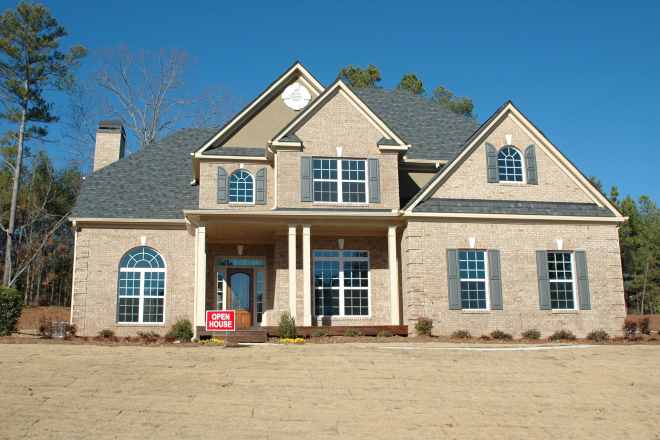The Untapped Potential of Adaptive Reuse Real Estate: A Rising Trend
In the ever-evolving world of real estate, trends come and go but few have shown as much promise or sparked as much interest as adaptive reuse. As the name suggests, adaptive reuse refers to the practice of repurposing old, often historic, buildings for new uses, transforming them into commercial, residential, or mixed-use properties. This approach is not only an innovative solution to the challenges of urban growth and sustainability but also an effective investment strategy for savvy real estate players.

Adaptive Reuse: A Historical Perspective
The concept of adaptive reuse isn’t new. For centuries, societies have repurposed buildings as needs and technologies have evolved. However, the trend gained traction in the 1970s when urban decay and the energy crisis led developers to seek sustainable alternatives to demolition and new construction. Today, adaptive reuse is a key strategy for urban regeneration, sustainability, and economic growth.
Current Market Trends and Insights
Adaptive reuse is gaining momentum in today’s real estate market. In urban areas, particularly, where land is scarce and expensive, repurposing older buildings can be more cost-effective than new construction. Moreover, such properties often come with a unique charm and character that appeal to modern consumers.
Historic tax credits and other incentives also make adaptive reuse projects financially attractive. According to the National Trust for Historic Preservation, every dollar spent on a historic tax credit project generates an average of $1.20 in economic output.
Pros and Cons of Adaptive Reuse
Like any other real estate strategy, adaptive reuse comes with its advantages and challenges. On the positive side, adaptive reuse projects can revitalize neighborhoods, attract businesses, create jobs, and promote sustainability. They can also offer higher returns than traditional investments.
On the downside, these projects can be complex and risky. They often involve dealing with building code compliance, structural issues, asbestos removal, and other unforeseen complications. Investors must be prepared to navigate these challenges and manage the risks associated.
The Impact on the Real Estate Landscape
The rising trend of adaptive reuse is reshaping the real estate landscape. It’s compelling developers, investors, and city planners to rethink how they manage and utilize existing built environments. It’s also changing the way consumers perceive and value older properties.
Moreover, adaptive reuse is emerging as a key strategy for addressing housing shortages and sustainability challenges. By turning underutilized buildings into livable spaces, cities can accommodate population growth without sprawling outwards and consuming more land.
The Future of Adaptive Reuse
As urbanization accelerates and sustainability becomes a global priority, the future looks bright for adaptive reuse. This trend is likely to continue gaining momentum, offering ample opportunities for innovative developers and investors.
However, the success of adaptive reuse projects will depend on various factors, including regulatory support, market demand, and the ability to balance preservation with modernization. As such, it’s important for real estate players to stay informed and adapt to the evolving landscape.
In conclusion, adaptive reuse represents an exciting frontier in real estate, offering a unique blend of historical charm, modern functionality, and sustainability. It’s a trend that’s not only reshaping our cities but also offering new opportunities for investment and growth.




